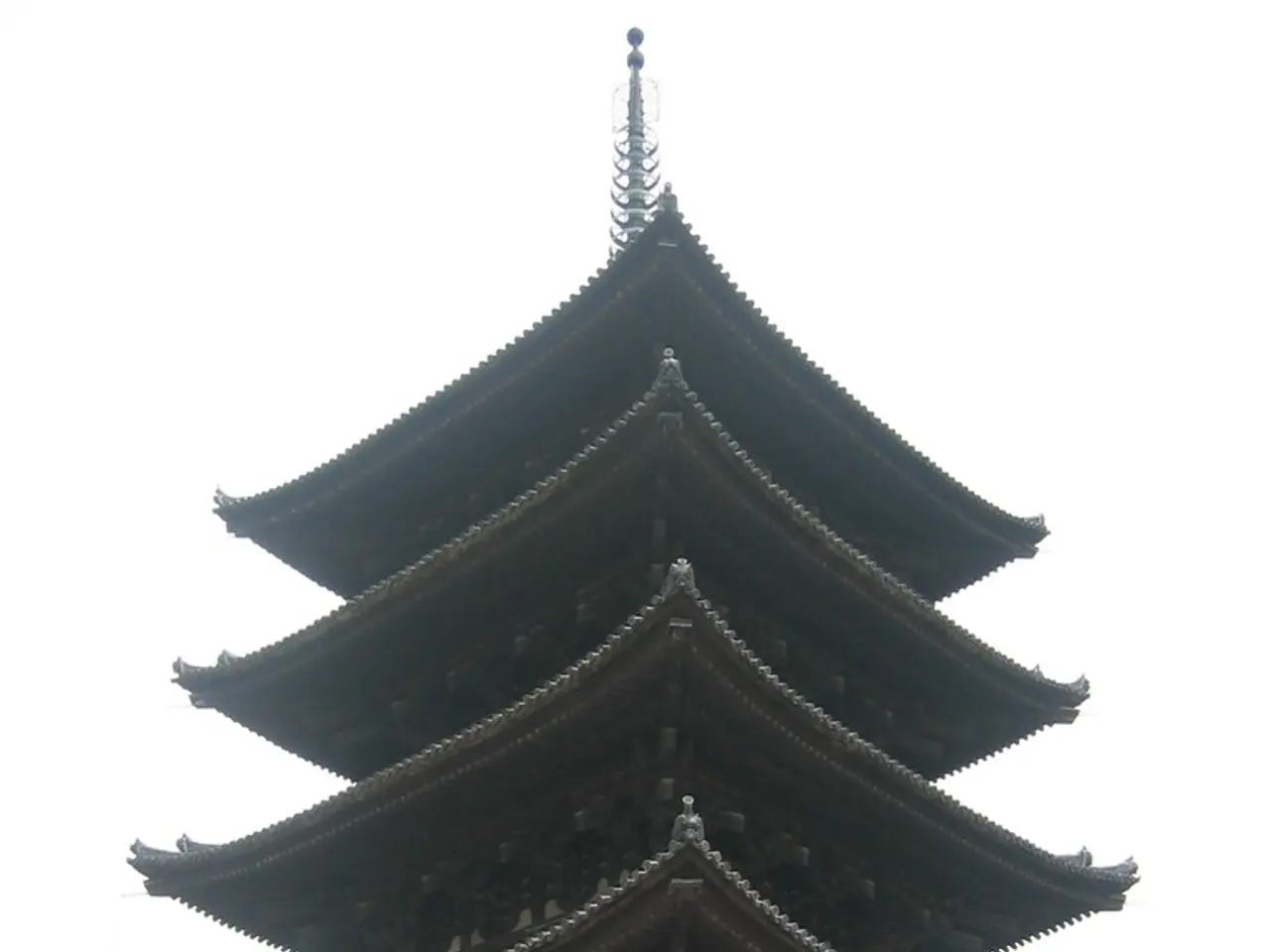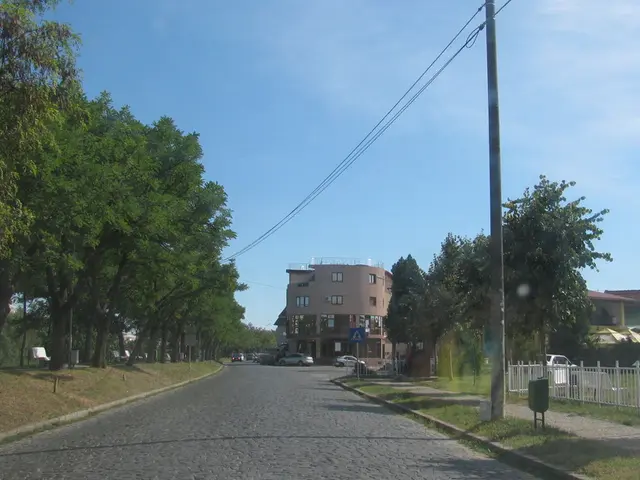China's strategy in trade is a prolonged endeavor, demonstrating success
The ongoing US-China trade negotiations have been marked by a series of talks, yet the clearest outcome so far has been a commitment to meet again. Amidst this uncertain landscape, China has been grappling with significant economic challenges.
The US tariffs on Chinese goods, peaking at effective rates as high as 135–145%, have severely limited China’s access to the US market. This has forced exporters to redirect goods elsewhere, causing volatility in China's export sector and reducing overall export volumes. The trade war has also contributed to slower Chinese GDP growth by dampening export demand and increasing costs of intermediate goods due to tariffs.
The disruption in exports and rising costs have a chain effect on jobs, especially in export-oriented manufacturing hubs. The increased tariffs have also contributed to higher prices on imported goods and certain domestically produced items, placing inflationary pressures on consumers. These price increases reduce real incomes and consumption power for ordinary Chinese citizens.
Moreover, the uncertainty and slowdown may also affect government revenues and social spending capabilities, impacting public services and social welfare programs. The prolonged trade tensions have posed significant structural challenges to China's export-led growth model, pressuring its manufacturing sector and indirectly straining the purchasing power and employment conditions of its citizens through inflation and economic uncertainty.
The trade war's ripple effect has not only affected China but also global trade flows. European economies have absorbed some Chinese exports displaced by US tariffs, which in turn affects global inflation dynamics by creating downward pressure on prices in those regions.
Despite the economic expansion, concerns about the future and job prospects for the younger generation are increasing among the Chinese middle class. More than 12 million university students are set to graduate and join the workforce, adding to the challenges of youth unemployment. Currently, youth unemployment in China remains high, with joblessness at 14.5% in June.
The delay in reaching a trade deal will give President Xi Jinping's policymakers more time to plan their next move. However, the prolonged trade negotiations and high tariffs may negatively impact the prospects for Chinese citizens, who have enjoyed more than three decades of near double-digit growth. The ultimate trajectory depends on future negotiations and tariff policy developments.
- The commentary on the US-China trade negotiations suggests that the ongoing tariffs on Chinese goods have significantly impacted China's economy, particularly its manufacturing sector and export industry, causing job losses and inflation.
- The finance sector is also affected, as the intense tariff war between US and China has contributed to a slowdown in Chinese GDP growth, affecting government revenues, social spending capabilities, and potentially public services and social welfare programs.
- In general-news, economic analysts and political commentators continue to track this issue closely, as the trade war's ripple effects reach beyond China and influence global trade flows, impacting inflation dynamics and potentially affecting job prospects for the younger generation.




